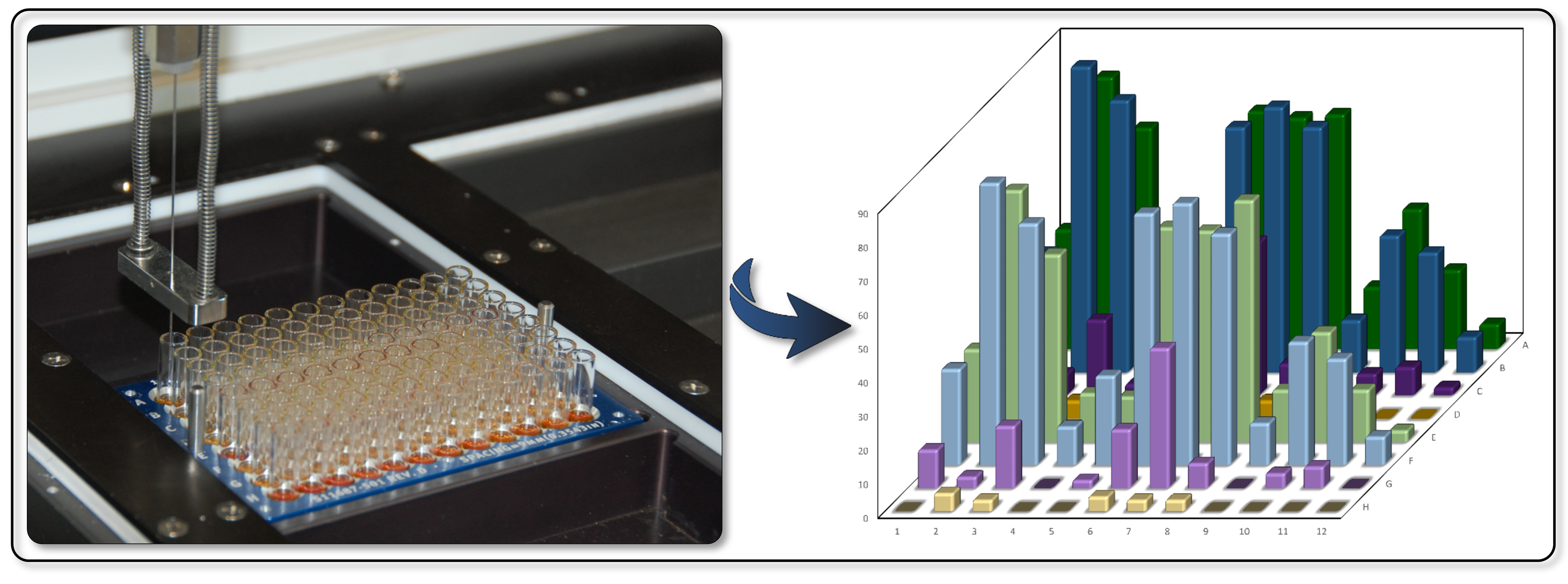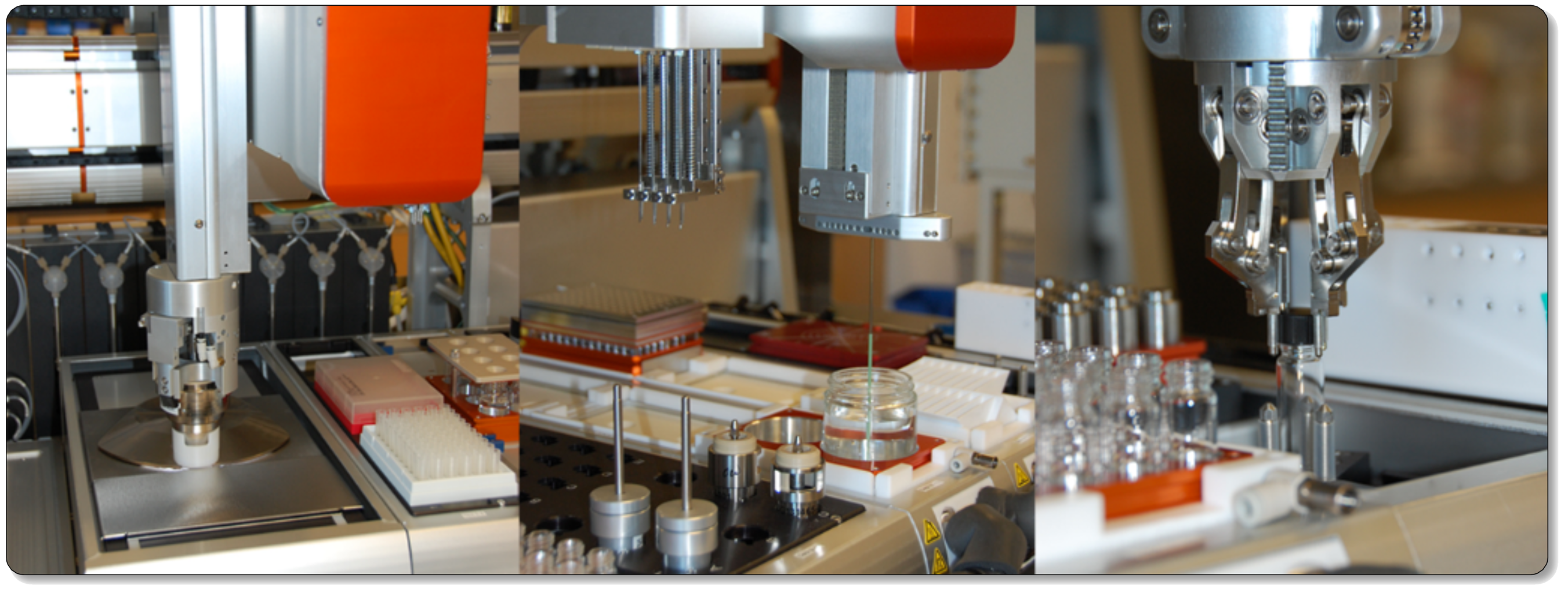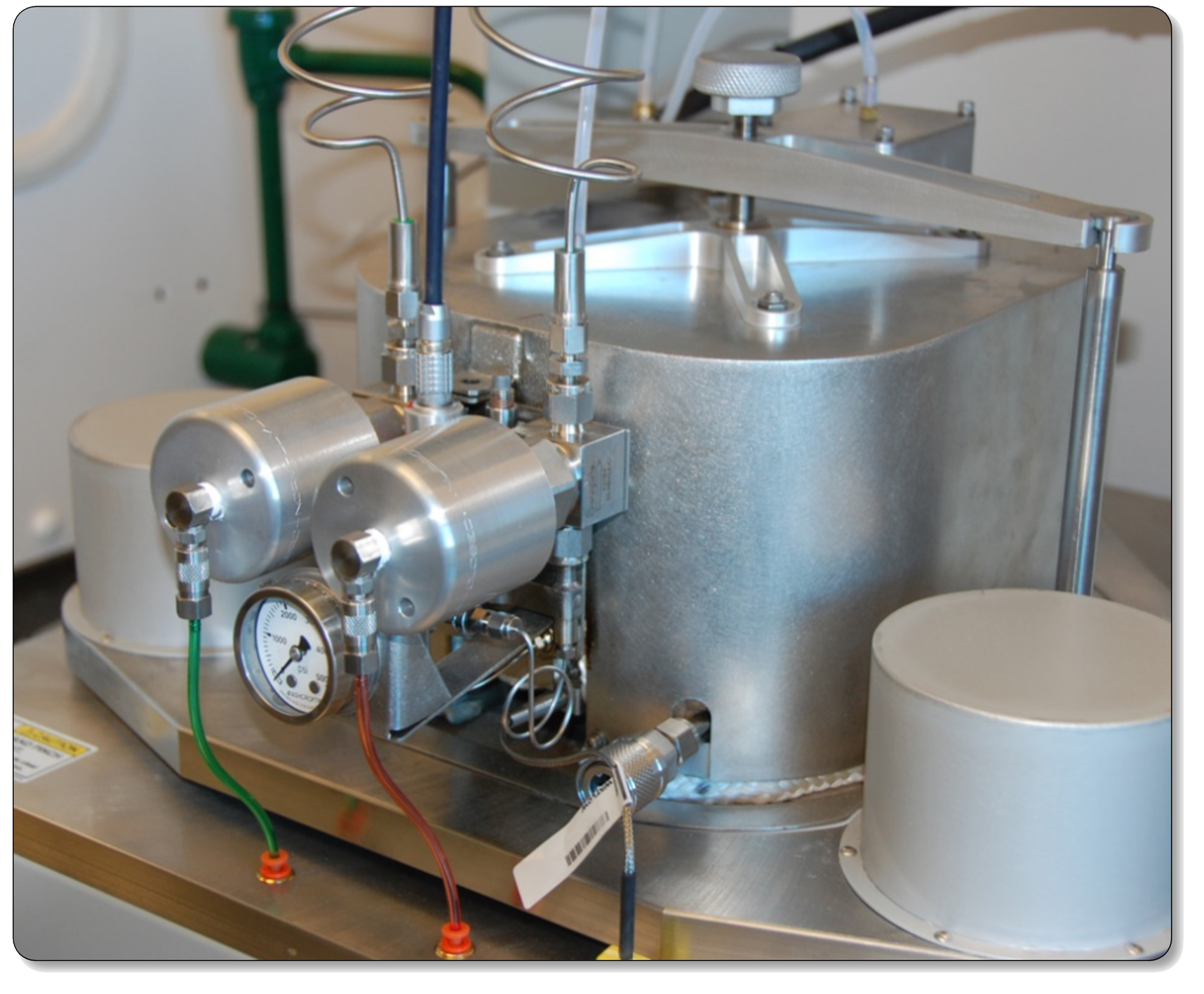The Facility works with research groups from academic institutes across the world, and is actively building industrial partnerships through collaborations, independent projects, and fee-for service screens which include analysis and generation of data. In recent years, the Facility has worked with approximately 25 internal and external academic groups involving at least 50 students and 40 different projects; collaborative work was also carried out with several industrial partners, such as GreenCentre Canada, Segetis, BioAmber, and ICES/SBIC.
The Facility is managed by Roxanne Clément (M.Sc., Organic Chemistry) who has close to 20 years of experience in high-throughput experimentation with recognized skills in designing and conducting experiments using high-throughput technology, performing related analysis and data collection, as well as developing and implementing application-specific protocols and workflows with a strong emphasis on quality control and reproducibility. She has been involved in several different projects with both academic and industrial collaborators – catalyst screening within a range of applications; optimization, lead discovery, biomass conversion, enantioselective and kinetic studies.
Please contact us in order to discuss your project or screening needs.



